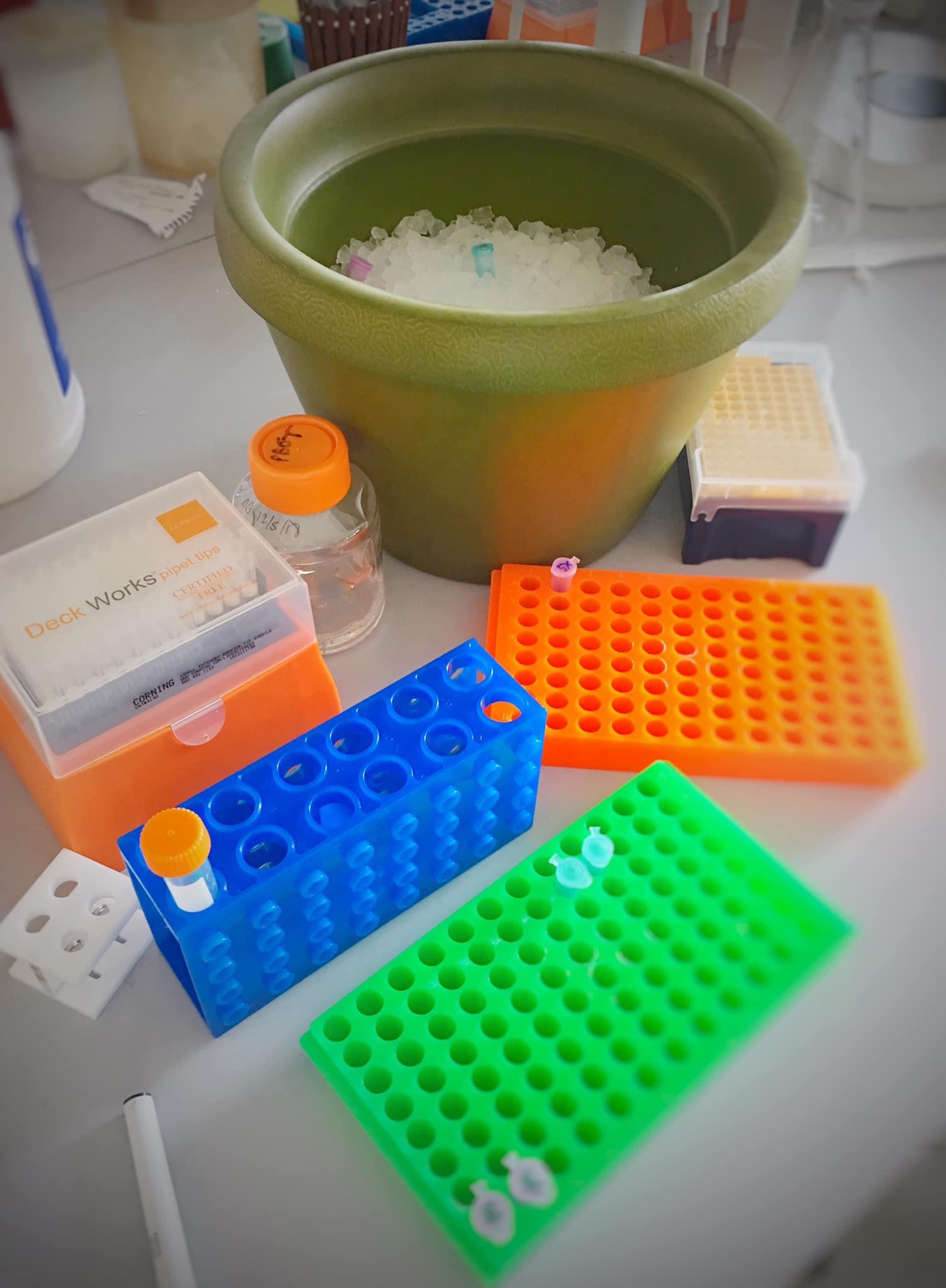Development of Therapeutic Treatments for ALS
The ultimate goal of disease research is the development of novel or improved therapeutic treatments. Alterations to cytoskeletal structure and dynamics observed in ALS patients disrupt essential cellular functions which are necessary for the maintenance of motor neurons. Based on these observations, our laboratory has focused on identifying potential therapeutic targets that can rescue relevant disease phenotypes by regulating cytoskeletal function.
Towards this end, our group is leading a multi-center effort to identify therapeutic targets for cytoskeletal defects in ALS. In particular, the laboratory of Dr. Steve Finkbeiner (UCSF) is using primary rodent neurons that express mutant TUBA4A or PFN1 as a model of ALS-related cytoskeletal defects. A portion of a siRNA (small interfering RNA) library focused on cytoskeletal genes was screened to identify modifiers that can rescue phenotypic defects (survival and neurite extension) observed in these cells. Identified hits will be tested on in vitro and in vivo models by the laboratories of Dr. Bruce Goode (Brandeis University), Dr. Daryl Bosco (UMass Chan Medical School) and our lab to characterize their benefit, mechanism of action and influence on all forms of ALS. Interestingly, the top hit in the primary screen for the rescue of mutant TUBA4A phenotype, not only rescued phenotypic defects in mutant PFN1 expressing neurons, but also defects in neurons expressing mutant TDP-43, an ALS-associated gene with no direct link to cytoskeletal regulation. Testing of the beneficial effects of this siRNA in additional assays has begun.

As an alternative to the expensive and time-consuming approach described above, our laboratory has developed two inexpensive high-throughput assays that are based on rescue defects in microtubule dynamics and stability observed mutant TUBA4A expressing cells. We intend to use these assays to screen compounds at the Small Molecule Screening Facility at UMass and are currently working with Drs. Paul Thompson and Sangram Parelkar to optimize these assays to the fullest.
In both studies, the resulting hits can be tested in numerous assays to establish their beneficial effect. As described above, our intent is to use mutations in TUBA4A and PFN1 as models for the cytoskeletal defects observed in ALS patients. However, our ultimate goal is to identify therapeutics that can be applied to all forms of ALS. As such, we intend to test the beneficial effects of any therapeutic not only in mutant TUBA4A and PFN1 based assays, but also in assays based on mutation in non-cytoskeletal ALS related genes. In addition to cytoskeletal stability and dynamics, in vitro assays examine axonal transport, neurite outgrowth, stress response and aggregate formation in primary motor neurons. These assays are well established in our laboratory. Therapeutics demonstrating the most promising results can then be tested in numerous ALS models commonly studied here at UMass. In addition to our PFN1 mouse model, there are other mouse models based on ALS associated genes. These include the SOD1 model, the TDP-43 mouse model and the C9orf72 mouse model (developed by Dr. Robert Brown). Additional reagents for testing and characterizing potential therapeutics include iPS cells derived from numerous sporadic and familial ALS patients and several fly models based on alterations in C9orf72, SOD1, TDP-43, FUS and PFN1.